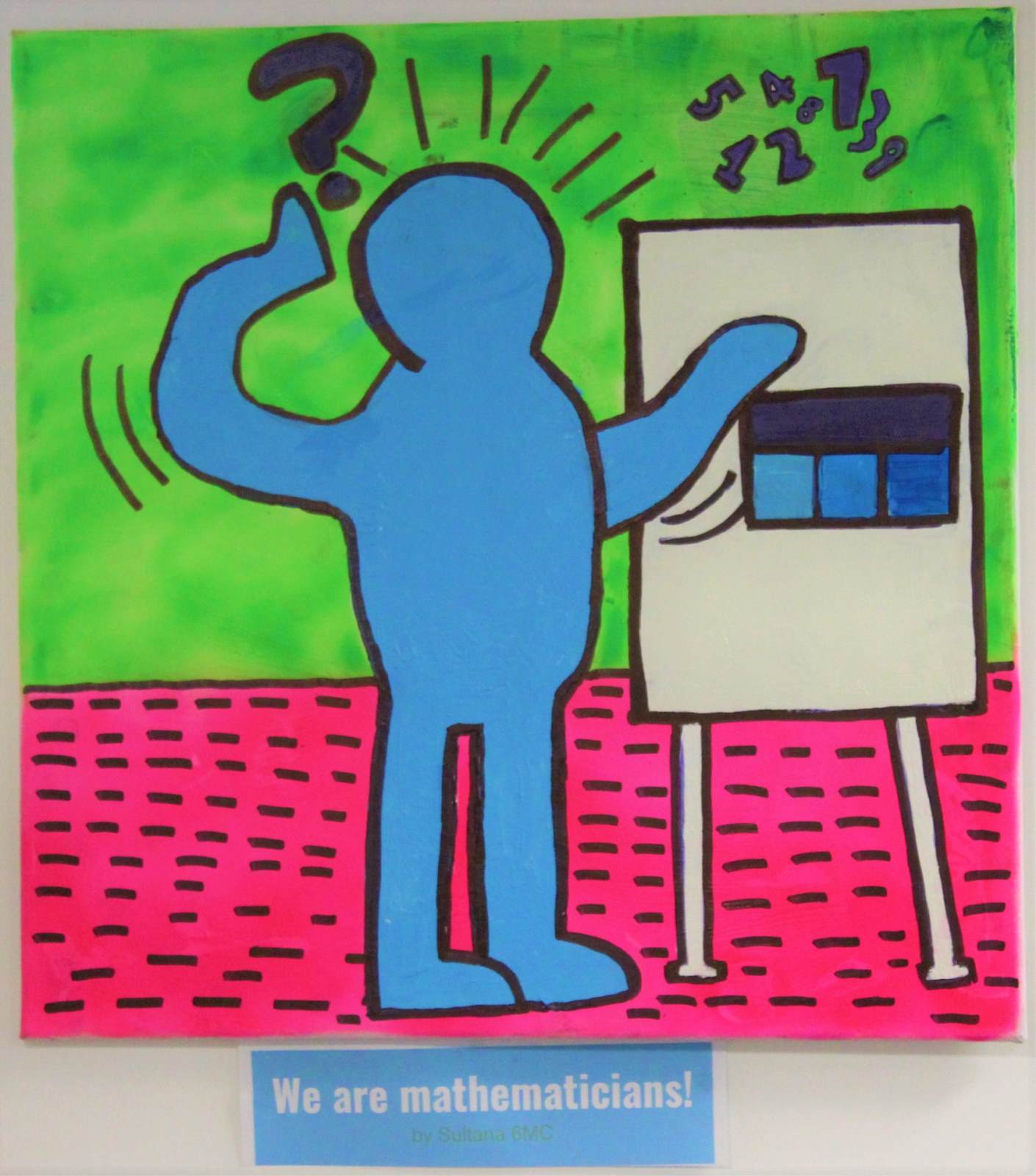Maths
At Sheringham, we teach maths for mastery, following the Maths No Problem scheme of work.
This approach is based on that used in Asian nations such as Singapore, where the students do incredibly well in maths! Here are some core elements of our approach:
EVERYONE LEARNS TOGETHER AND SUCCEEDS TOGETHER
In a traditional primary school maths lesson, children are put in different groups and learn different things based on what the teacher thinks their ability is.
This means that from an early age children are classed as those who can and can’t “do maths”. Teaching maths for mastery is different because it offers all pupils access to the full maths curriculum. Children always work in mixed attainment pairs, where children can support and challenge each other.
THERE IS TIME TO THINK DEEPLY ABOUT MATHS
Rather than learning one procedure for ‘doing maths’ (for example column addition), we focus on children really understanding their learning.
We emphasise solving problems in many different ways, and challenge our children to see the connections between methods. Children spend time describing how they solved one problem in different ways in their maths journal. This builds self-confidence and resilience in pupils.
CONCRETE AND PICTORIAL SUPPORT
Many people find that they understand maths better if they get to use objects, or they can see pictures which help them understand what the symbols in maths mean.
At Sheringham, children use cubes, counters, number discs and objects to help them understand what the maths they are using really means. They make links to pictures of problems and ideas, and explain what the links are. They understand mathematical concepts using everyday language (e.g ‘equals’ means ‘the same as'), which helps them understand what the numbers and symbols mean.
TOPICS LAST LONGER
Rather than spending a week or two on a topic (for instance ‘addition’), our children study the topic in greater depth and for longer.
This slower pace ensures that students are secure in their understanding as it is built up in small steps starting with revising what they learned the previous year.
DEVELOPMENT OF BASIC FACT KNOWLEDGE AND MATHS FLUENCY
Basic facts include addition, subtraction, multiplication and division facts. At Sheringham we prioritise children understanding their basic facts, rather than just trying to remember them and having to count on their fingers.
We teach addition, subtraction, multiplication and division strategies. For example, for 7 + 6, rather than counting on 8, 9, 10, 11, 12, 13, they would know that double 6 is 12 and then add 1 more to make 13. As well as their morning maths lessons, children have at least two short afternoon sessions a week where they learn and practise these strategies.
Children are given basic facts homework every week. Parents and carers can help them to learn these facts by playing maths games (here’s a link to the games!). We have also launched Times Table Rock Stars for years 2-6 to help children recall their times tables facts. Children in year 1 can use NumBots to help learn their addition and subtraction facts. Year 5 and 6 children also have access to Mathletics to practise the maths topic they are currently learning in class. Logins for these websites are in the children's homework books.
OUR MATHS CURRICULUM
|
Autumn 1 |
Autumn 2 |
Spring 1 |
Spring 2 |
Summer 1 |
Summer 2 |
|
|
Year 1 |
Numbers to 10 Number bonds |
Addition within 10 Subtraction within 10 Positions |
Numbers to 20 Addition and subtraction within 20 |
Shapes and Patterns Length and height Numbers to 40 |
Addition and subtraction word problems Fractions Numbers to 100 |
Time Money Volume and Capacity Mass Space |
|
Year 2 |
Counting to 100 Numbers to 100 Addition and subtraction |
Multiplication Division |
Length Mass Picture Graphs |
Word problems Money 2D shapes 3D shapes |
Fractions Time |
Volume Temperature |
|
Year 3 |
Numbers to 100 Addition and subtraction |
Multiplication and division Further multiplication and division |
Length Mass Volume |
Money Fractions |
Time Picture graphs and bars |
Angles Lines and shapes Perimeter of figures |
|
Year 4 |
Place value numbers to 10 000 Whole numbers addition and subtraction |
Multiplication and division Further multiplication and division |
Statistics and graphs Fractions |
Decimals Money |
Mass, volume and length Time Area |
Geometry Position and movement Roman numerals |
|
Year 5 |
Place value to 1000000 Whole numbers addition and subtraction |
Multiplication and division Word problems |
Statistics and graphs Fractions |
Decimals Percentages |
Geometry Position and movement Converting units of measure |
Area and perimeter Volume Roman numerals |
|
Year 6 |
Place value Addition, subtraction, multiplication and division |
Fractions Decimals |
Measurements Word problems Percentages |
Ratio Algebra Geometry Angles Position and movement |
Area and perimeter Volume Graphs Negative numbers |
Year 7 transition and problem solving |



